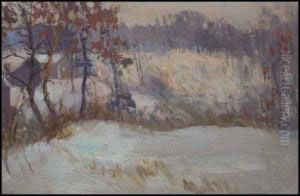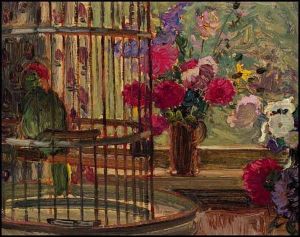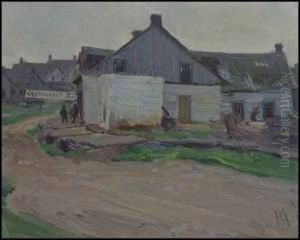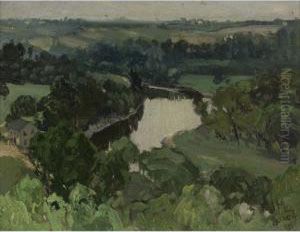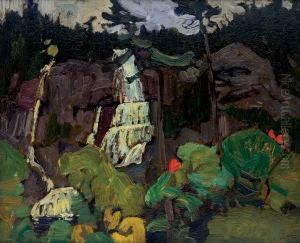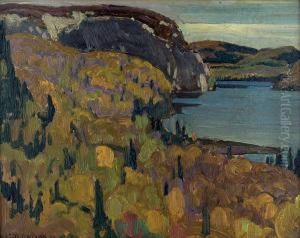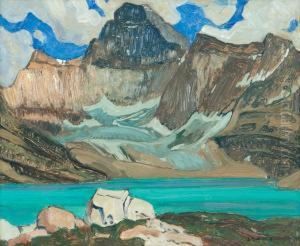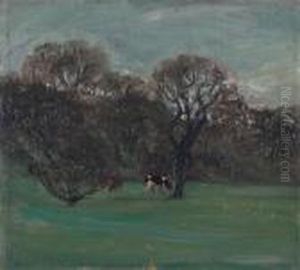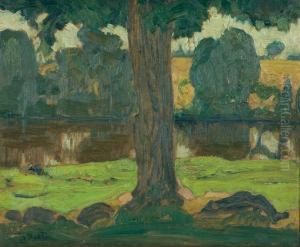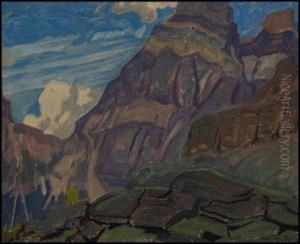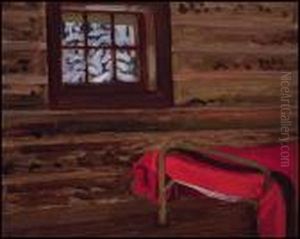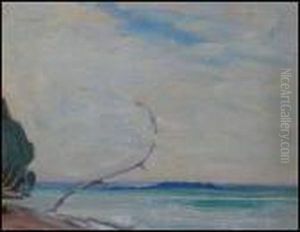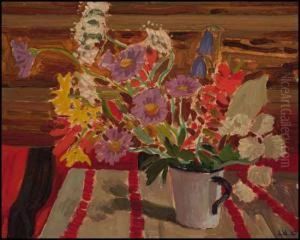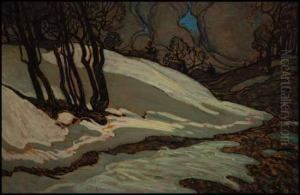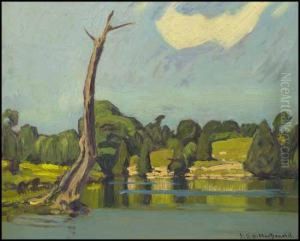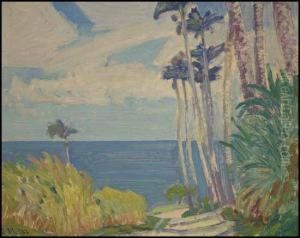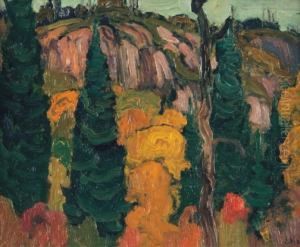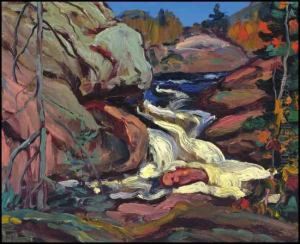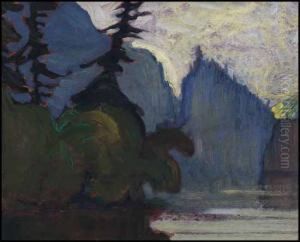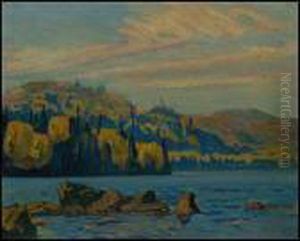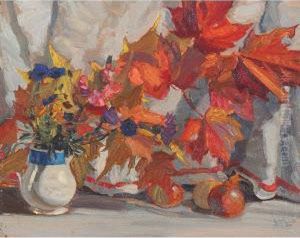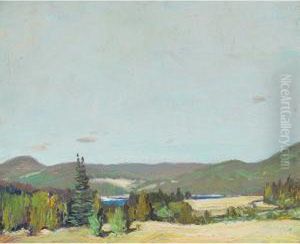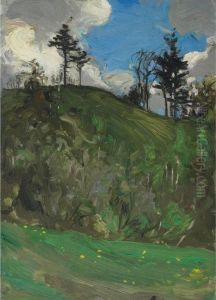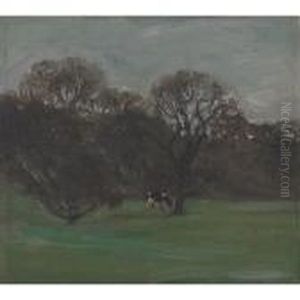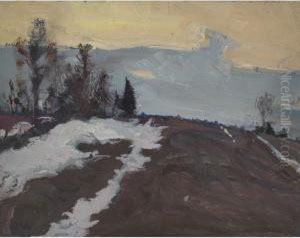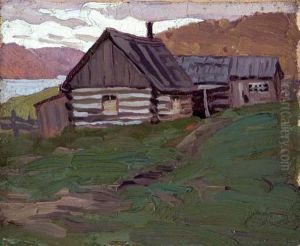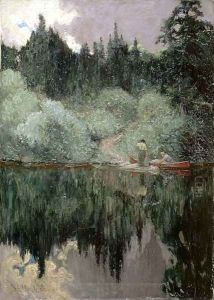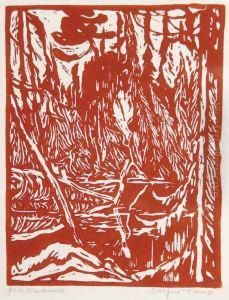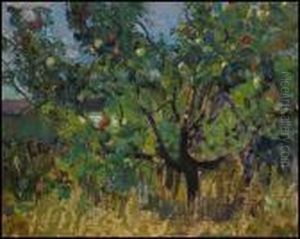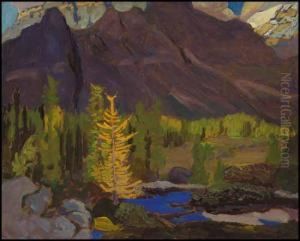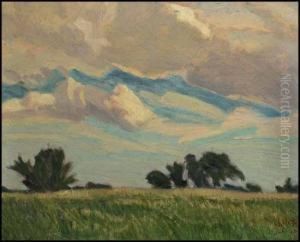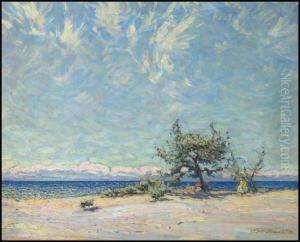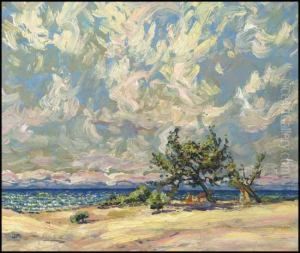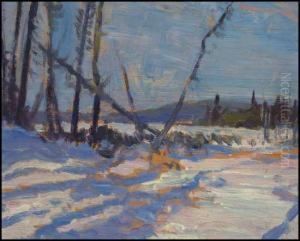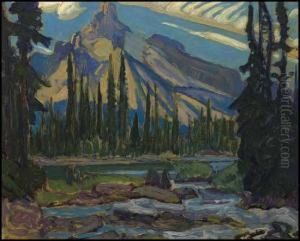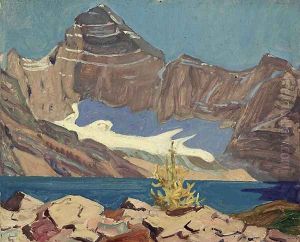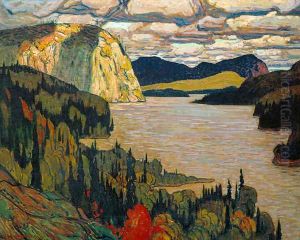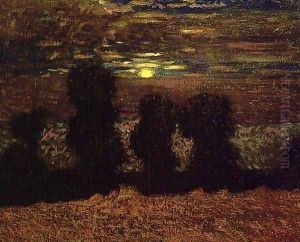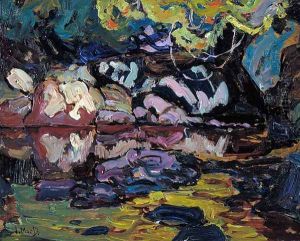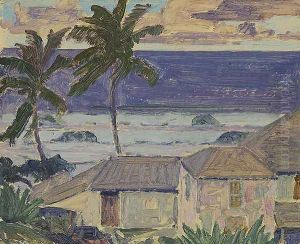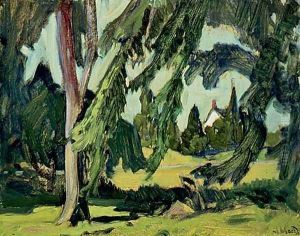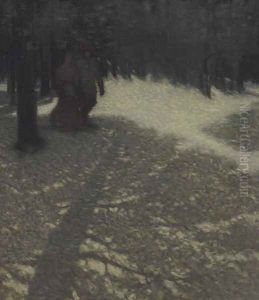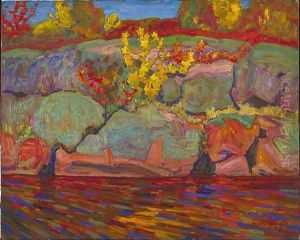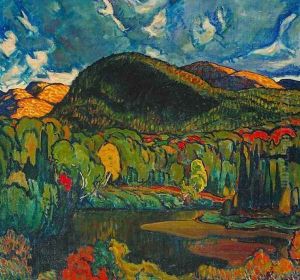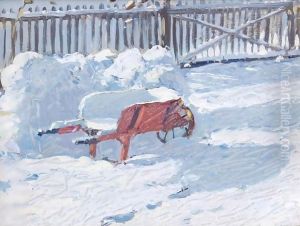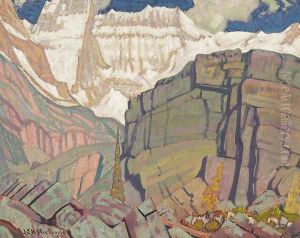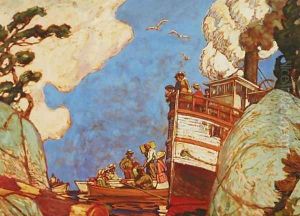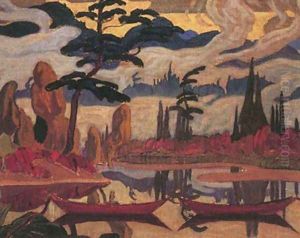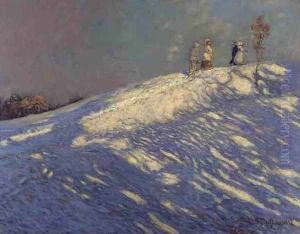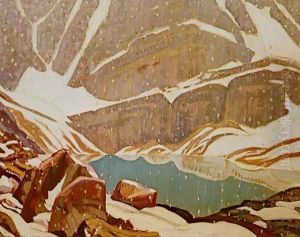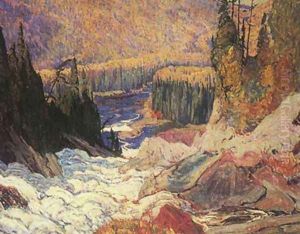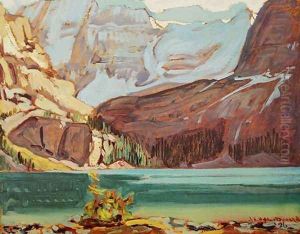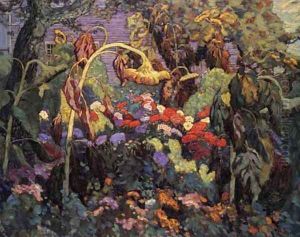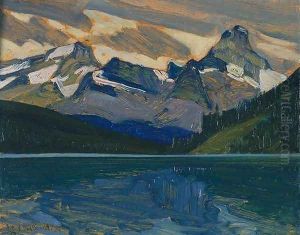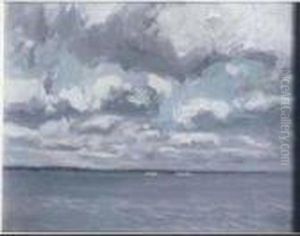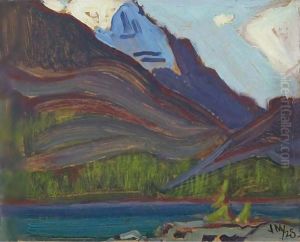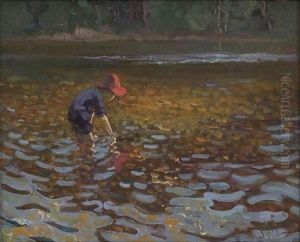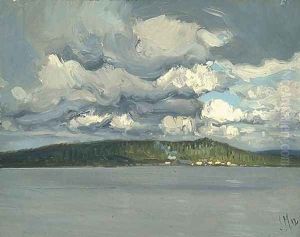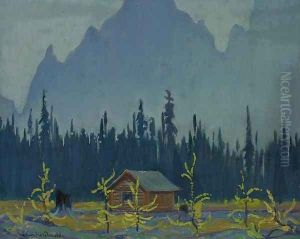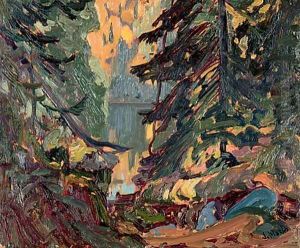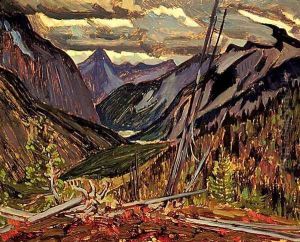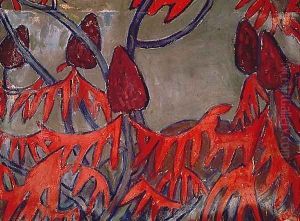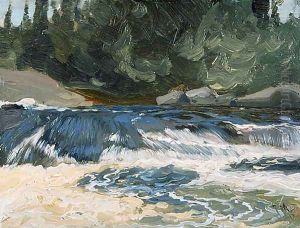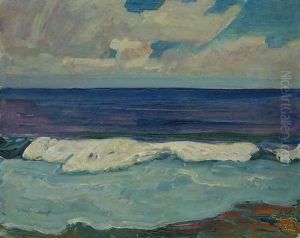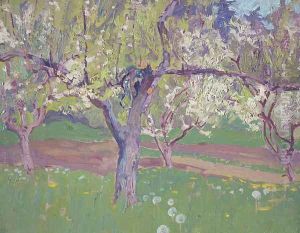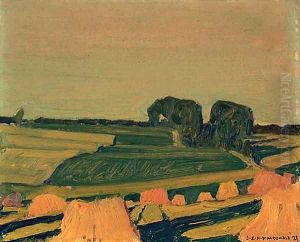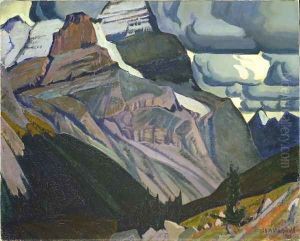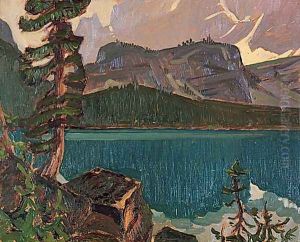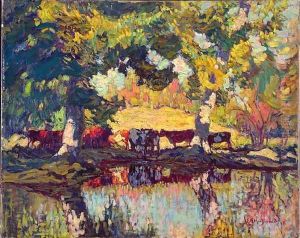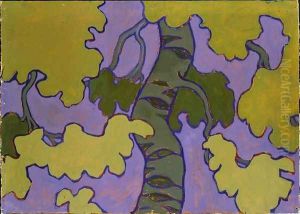James Edward Hervey MacDonald Paintings
James Edward Hervey MacDonald was a Canadian artist and one of the founding members of the Group of Seven, who were pivotal in the development of Canadian art in the early 20th century. Born on May 12, 1873, in Durham, England, MacDonald emigrated to Canada with his family when he was young, settling in Hamilton, Ontario.
MacDonald's early career was as a commercial artist, but he was deeply influenced by the landscapes of Canada and began to pursue painting more seriously. He worked at the Grip Ltd., a graphic design firm in Toronto, where he met other artists who shared his interest in painting the Canadian landscape. Among these were J.E.H. MacDonald, Tom Thomson, Arthur Lismer, Frederick Varley, Franklin Carmichael, and Frank Johnston – who would later form the core of the Group of Seven.
The Group of Seven formally came together in 1920, after the death of Tom Thomson, who was a close friend and contemporary, though not an official member. The group aimed to develop a distinct Canadian artistic identity that was independent of European influences. They sought inspiration in the rugged wilderness of the Canadian Shield and the remote forests of Ontario and Quebec, capturing the spirit and beauty of the nation through their bold and colorful canvases.
MacDonald's work is characterized by a vibrant palette and energetic brushstrokes that convey the dynamic and untamed aspects of the Canadian landscape. He often focused on scenes of the northern landscape, particularly the areas around Algoma and the Rocky Mountains. His paintings such as 'Mist Fantasy, Northland' and 'Falls, Montreal River' are noted for their emotional intensity and their ability to evoke the sense of awe and wonder that MacDonald felt towards nature.
In addition to his work with the Group of Seven, MacDonald also served as the principal of the Ontario College of Art (now OCAD University) from 1921 until his death. He was a passionate educator and influenced a generation of young Canadian artists.
MacDonald continued to paint and exhibit with the Group of Seven until his death. He suffered a stroke in 1931 and passed away on November 26, 1932, in Toronto. His legacy as a crucial figure in Canadian art history endures, and his work continues to be celebrated for its profound impact on the visual portrayal of Canada's landscape.
